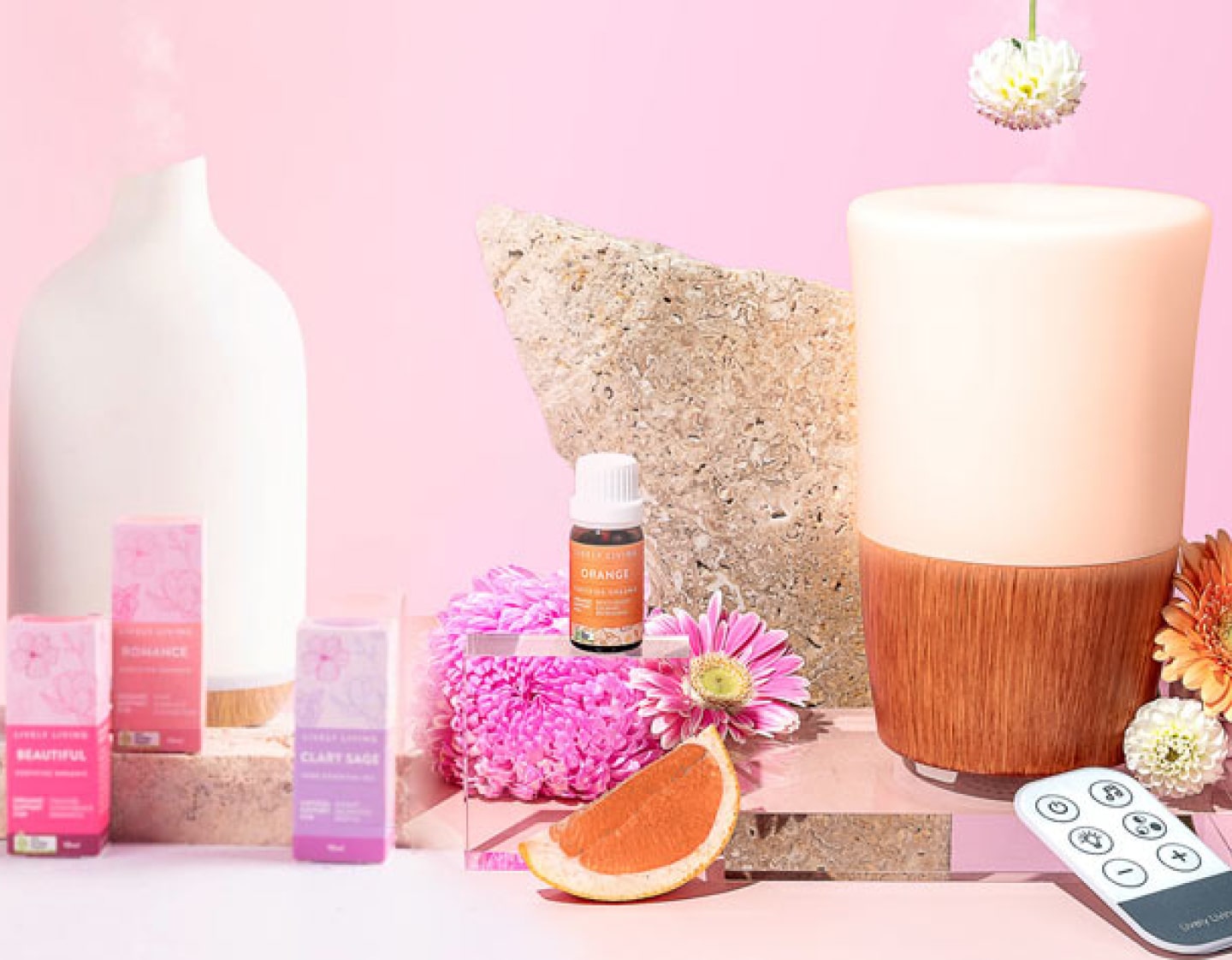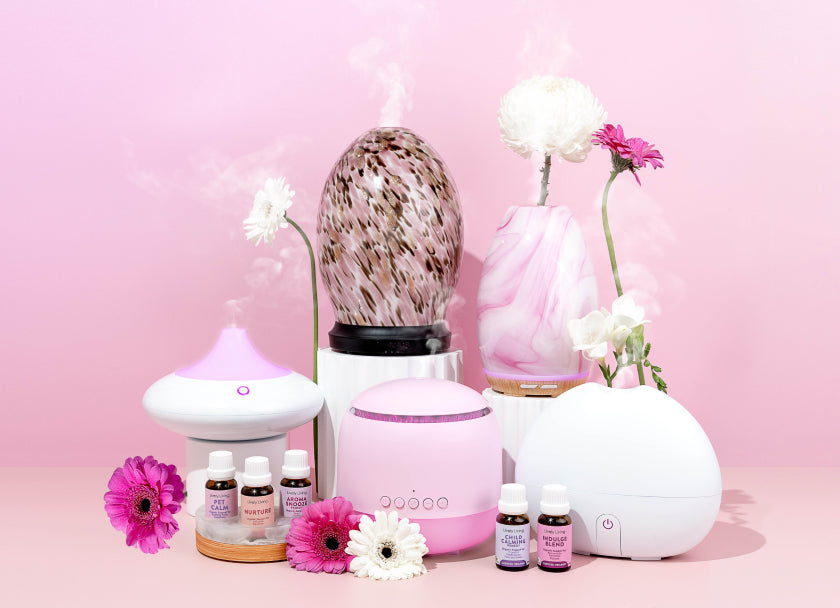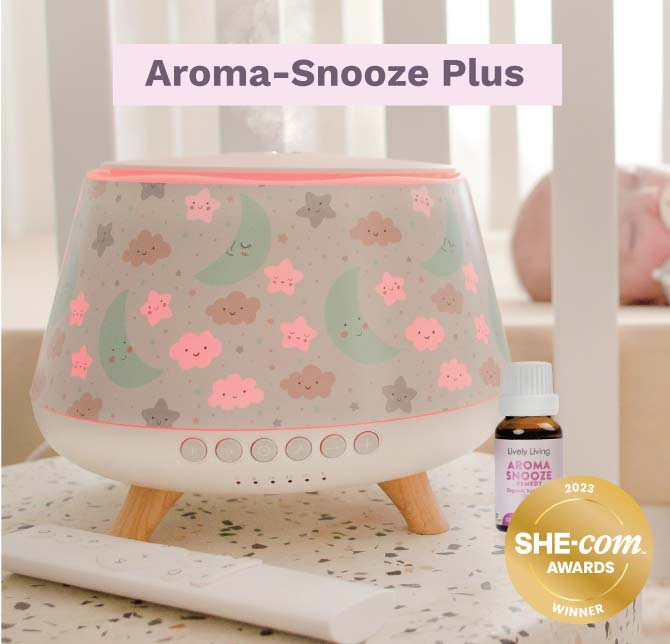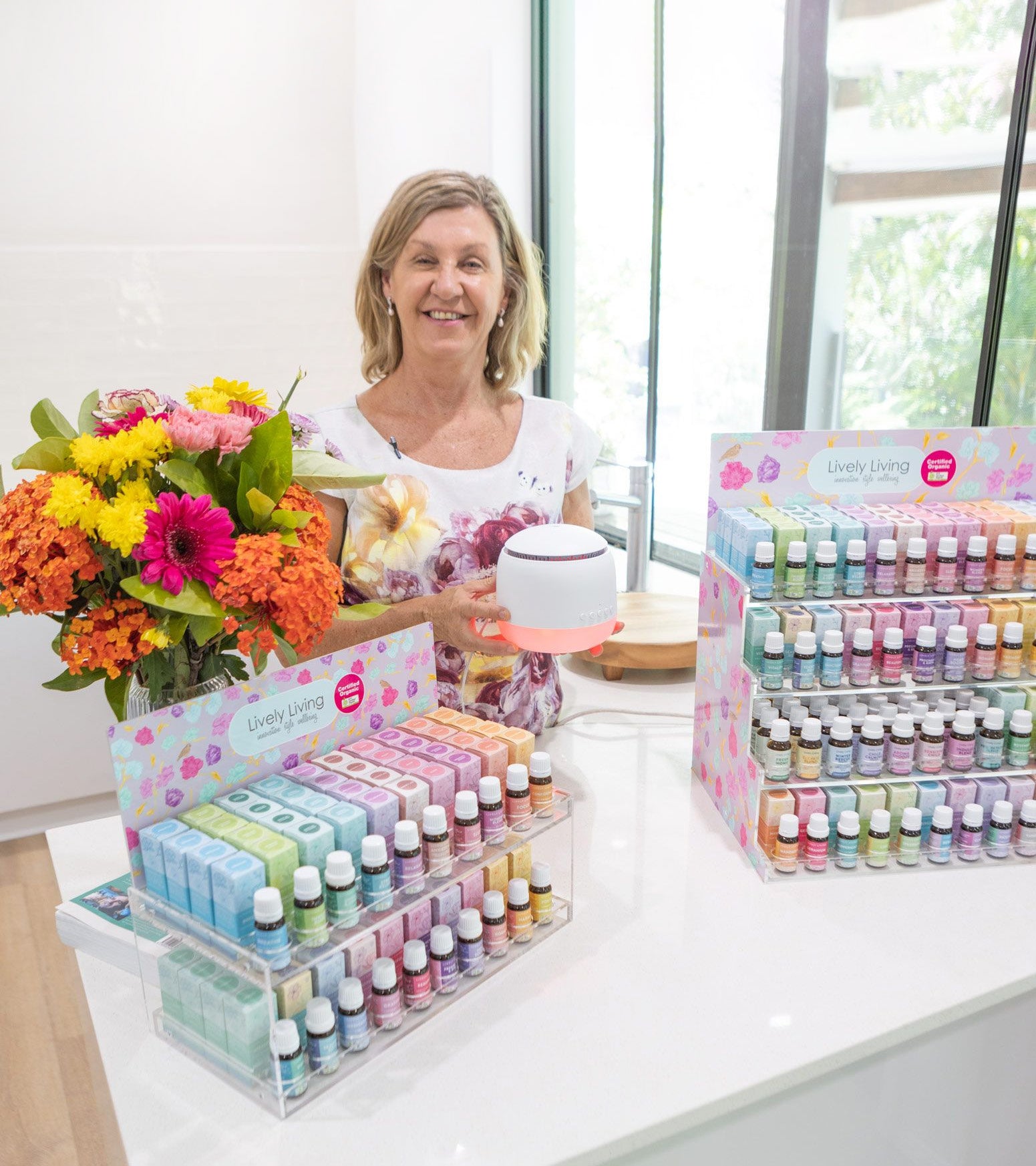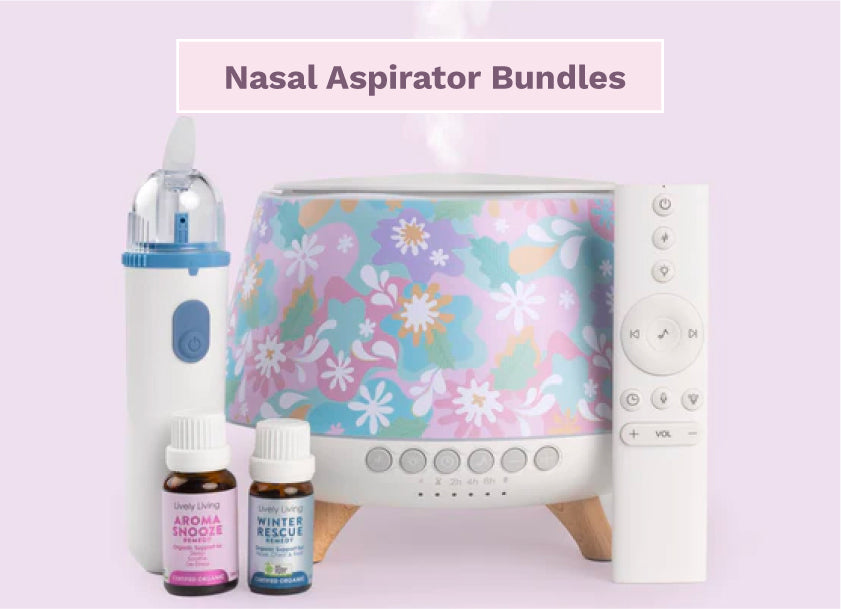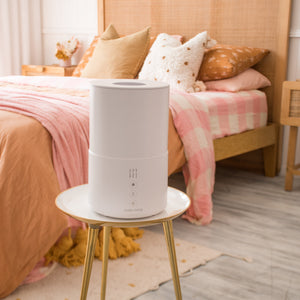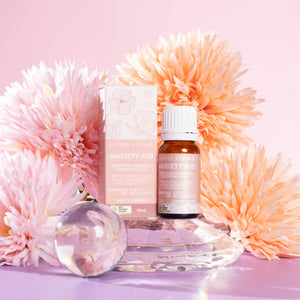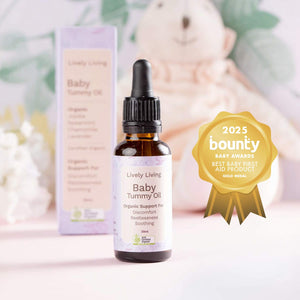The History and Evolution of Aromatherapy Practices
The history and evolution of aromatherapy practices stretch across millennia, deeply intertwined with humanity's quest for healing and well-being. From sacred rituals in ancient civilizations to sophisticated applications in modern wellness, the journey of using aromatic plant essences is rich and compelling. This exploration highlights the significant milestones and transformations in aromatherapy.
Table of Contents:
- Ancient Roots of Aromatherapy
- The Middle Ages and Renaissance
- Modern Aromatherapy Emerges
- Aromatherapy in the 20th Century
- Scientific Advancements in Aromatherapy
- Aromatherapy in the Digital Age
- Aromatherapy in Holistic Health
- Sustainability and Ethical Concerns
- The Future of Aromatherapy
- Conclusion
Ancient Roots of Aromatherapy
Aromatherapy's beginnings are deeply rooted in antiquity. In ancient Egypt, people recognized the potent qualities of aromatic plant substances. They skillfully incorporated essential oil extracts into religious ceremonies, beautifying cosmetics, and various medical treatments documented in texts like the Ebers Papyrus.
Across the globe in ancient China, practitioners of traditional Chinese medicine burned aromatic plants, such as mugwort and ginger, aiming to promote harmony and balance within the body and environment, influencing the flow of Qi. Greek and Roman cultures also valued aromatic practices. Hippocrates, often called the father of medicine, advocated for daily aromatic baths and scented massage as paths to good health, while Dioscorides detailed numerous medicinal plants in his pharmacopeia 'De Materia Medica,' which became a cornerstone for herbal remedies for centuries.
In India, Ayurvedic medicine, an ancient system of health care, seamlessly integrated aromatherapy using fragrant substances like sandalwood, jasmine, and rose. These practices, aimed at balancing doshas and enhancing spiritual well-being, continue to influence modern aromatherapy and wellness practices today. The use of scented oil for both therapeutic and ritualistic purposes was a common thread, demonstrating an early understanding of the connection between scent and health.
The Middle Ages and Renaissance
During the medieval period, while some ancient medical practices waned in parts of Europe, the knowledge of medicinal herbs and their aromatic properties was preserved, particularly within monasteries. Perfumery and religious rituals continued to utilize these fragrant materials. A significant development occurred during the Islamic Golden Age in the Middle East, where scholars like Ibn Sina (Avicenna) refined distillation processes, making the extraction of plant essential oils more efficient.
The Crusades facilitated the reintroduction of various aromatic plants and advanced distillation techniques from the Middle East to Europe, sparking renewed interest. The Renaissance period witnessed a resurgence in the appreciation for aromatherapy and aromatic medicine. Perfume-making evolved into a highly respected art form, and aromatic herbs were widely employed in attempts to ward off illnesses like the plague, often carried in pomanders.
In the 16th century, the term 'essential oil' was first used, attributed to Paracelsus, who spoke of the 'quinta essentia' or fifth essence of a plant. This conceptualization marked a pivotal step in solidifying the understanding of the core components of aromatherapy. Apothecaries played a vital role, compounding herbal remedies and aromatic preparations, furthering the practical application of these substances.
Modern Aromatherapy Emerges
The foundation of modern aromatherapy was laid in the early 20th century. French chemist René-Maurice Gattefossé is credited with coining the term 'aromatherapy' in the 1920s, specifically in his 1937 book, 'Aromathérapie: Les Huiles Essentielles, Hormones Végétales.' His interest was ignited after a laboratory accident where he plunged his burned hand into lavender oil and observed its remarkable healing properties, leading him to investigate the therapeutic benefits of other oils essential oils.
Another key figure was Dr. Jean Valnet, a French army surgeon who used essential oils extensively to treat soldiers' wounds during World War II, especially when conventional antiseptics were scarce. His book, 'The Practice of Aromatherapy,' published in 1964 (English translation 1980), further popularized the medicinal application of aromatic oils. Marguerite Maury, an Austrian biochemist, introduced the concept of using essential oils in massage for holistic and individualized therapeutic benefits, emphasizing their effects on the nervous system and skin.
Robert Tisserand's influential book, 'The Art of Aromatherapy,' published in 1977, played a crucial role in bringing aromatherapy to a broader English-speaking audience. His work helped to establish aromatherapy as a respected complementary therapy, focusing on both the art and science of using essential oils, including safety considerations. Understanding aromatherapy began to shift from purely traditional uses towards more systematic study, thanks to these pioneers like Gattefossé, Valnet, Marguerite Maury, and Tisserand.
Aromatherapy in the 20th Century
The latter half of the 20th century experienced a significant rise in aromatherapy's popularity worldwide. Increased research into the effects of essential oils started to provide scientific support for some of their traditional uses. This growing body of evidence contributed to a more profound appreciation of their therapeutic properties and potential applications in health care.
Aromatherapy began to find its place within mainstream health care systems, particularly as a form of alternative medicine or complementary therapy. Hospitals and clinical settings started incorporating essential oils to help patients manage stress, reduce anxiety, and alleviate pain. Massage therapists increasingly integrated aromatherapy into their treatments, using specific plant essential oils to enhance relaxation and promote physical comfort through scented massage.
The beauty and wellness industries also embraced aromatherapy with enthusiasm. Essential oils became sought-after ingredients in skincare products, cosmetics, and spa treatments, valued for their rich fragrance and purported benefits for skin health and mood enhancement. The practice aromatherapy expanded beyond therapeutic applications into everyday wellness routines for many individuals seeking natural ways to improve their well-being.
Scientific Advancements in Aromatherapy
As technological capabilities progressed, so did the scientific understanding of aromatherapy and aromatic medicine. The development of analytical techniques like gas chromatography and mass spectrometry (GC/MS) allowed for detailed analysis of essential oils. This made it possible to identify their complex chemical constituents and correlate them with potential biological activities and therapeutic benefits.
Studies began to investigate the impact of scents on the brain and emotions, particularly focusing on the olfactory system's connection to the limbic system, which governs emotions and memory. Researchers found evidence that certain aromas could influence mood, cognitive function, and physiological responses, such as heart rate and blood pressure. This opened new avenues for aromatherapy in mental health support, particularly for stress reduction and mood enhancement.
Aromatherapy in the Digital Age
The internet has significantly transformed access to aromatherapy information and products. Online courses and certifications have broadened the reach of aromatherapy education, making it more available to people globally. Social media platforms have fostered vibrant communities where enthusiasts and practitioners can share knowledge, experiences, and recipes involving plant essential oils.
E-commerce has simplified the process of sourcing high-quality essential oils and related products like carrier oil options from various parts of the world. This has led to an increased variety of oils being available to consumers and professionals alike. However, the digital age also presents challenges, as misinformation about essential oil use, such as incorrect dilution or inappropriate application methods, can spread rapidly online, potentially leading to issues like contact dermatitis or other adverse reactions.
Aromatherapy in Holistic Health
Today, aromatherapy is frequently incorporated as a component of a holistic approach to health and well-being. It is commonly combined with other wellness practices such as yoga, meditation, acupuncture, and traditional medicine systems. This integrated approach seeks to address the whole person—mind, body, and spirit—rather than focusing solely on specific symptoms, helping to promote physical comfort and emotional balance.
Aromatherapy is also being explored in veterinary medicine, although with considerable caution. Some studies suggest that certain essential oils, when used appropriately by professionals, can offer benefits for animals. However, it is critical to recognize that animals, especially cats, can be much more sensitive to these concentrated oils than humans, and some oils, like tea tree oil for felines, can be toxic.
In workplace environments, aromatherapy is sometimes used to enhance productivity, improve focus, and contribute to stress reduction among employees. Some offices employ diffusers to disperse subtle, pleasant scents like peppermint for alertness or lavender for calmness, aiming to create a more positive and supportive atmosphere.

Sustainability and Ethical Concerns
The increasing global popularity of aromatherapy and essential oils has brought sustainability and ethical considerations to the forefront. The high demand for certain plant essential oils has placed significant pressure on some plant species and the ecosystems where they grow. This has underscored the critical need for sustainable harvesting practices, responsible land management, and active conservation efforts to protect these valuable natural resources.
Ethical sourcing has become a prominent issue within the aromatherapy industry. Consumers are increasingly seeking out oils that are produced through fair trade agreements, are certified organic, and come from transparent supply chains. This consumer-driven shift is encouraging more producers and suppliers to adopt responsible and sustainable practices throughout the cultivation, harvesting, and distillation processes of medicinal plants.
The Future of Aromatherapy
The future trajectory of aromatherapy appears promising, fueled by ongoing research and the development of novel applications. Scientists are investigating the potential of aromatherapy in supporting individuals with various health challenges, including exploring its role in managing symptoms associated with neurodegenerative diseases and chronic pain conditions. Continued exploration of aromatic properties could lead to new therapeutic avenues.
Personalized aromatherapy is an exciting emerging trend. This approach involves creating custom essential oil blends tailored to an individual's specific genetic predispositions, current health status, personal scent preferences, and even lifestyle factors. This represents a sophisticated integration of traditional aromatherapy wisdom with principles of precision medicine and could address specific needs from reducing anxiety to exploring aphrodisiac properties.
Conclusion
The history and evolution of aromatherapy practices illustrate a profound and enduring human connection to the healing powers found in nature. From ancient rituals utilizing fragrant substances to rigorous modern scientific studies investigating the therapeutic properties of essential oils, aromatherapy has consistently adapted and expanded its reach. This journey showcases a rich tapestry woven from ancient wisdom and contemporary innovation.
Whether employed for relaxation, physical support, emotional balance, or simply the enjoyment of pleasant scents, aromatherapy remains a versatile and accessible set of wellness practices. Its transformation from an ancient practice to a recognized component of modern holistic health care is a testament to its lasting appeal and perceived effectiveness. The continuous exploration helps in understanding aromatherapy more deeply.

